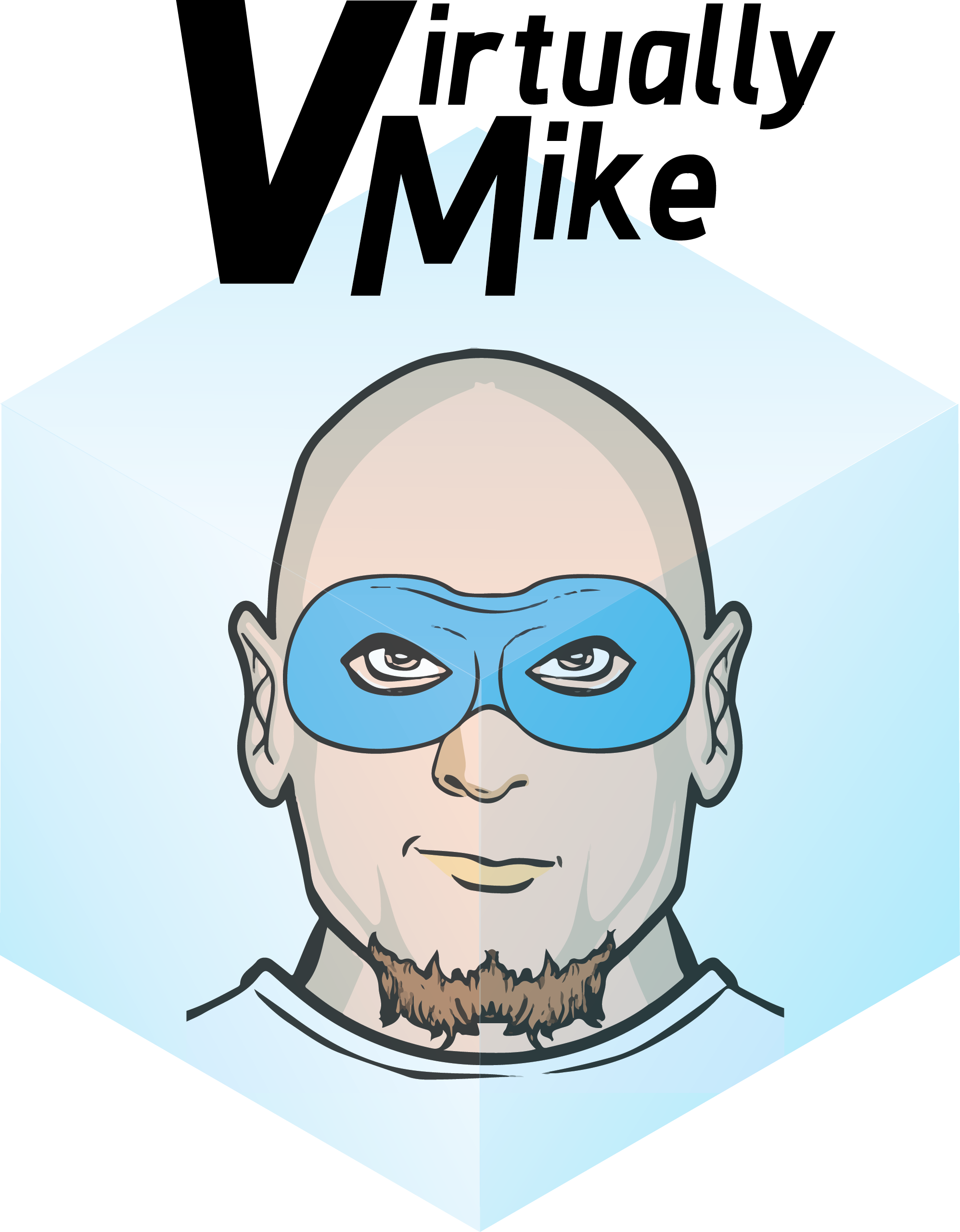This spawned from an internal conversation so hopefully I don’t cause too many issues with it. What the hell is an IT solution, and what are you to expect of an IT solution from a vendor?
Is an IT solution just like a piece of hardware or software? Should it be treated and supported the same?
These are exactly the questions that are being asked by customers and by those of us evangelizing these solutions. If you have ever architected an IT design you know there is a lot to getting all of the moving parts working together. So how should we view these solutions?
From a business perspective investing in an IT solution can be expensive, so we want to be sure that the proper expectations are set. The full set of expectations depends on the type of solution. So rather than try and cover all of them let’s focus on the Federation Enterprise Hybrid Cloud an EMC, VMware, VCE, and Pivotal offering. The best way to look at this solution would b e to think of it as a new building construction. Your business has decided it’s ready for it’s own office space and the size of with warrants new construction. The business has set needs, sq footage being the most likely initial defined requirement.
e to think of it as a new building construction. Your business has decided it’s ready for it’s own office space and the size of with warrants new construction. The business has set needs, sq footage being the most likely initial defined requirement.
With those thoughts in mind they shop for an architecture firm, and a contractor to do the build. The architect starts to provide some input into power, cooling, number of floors, and breaks out the different use cases and specifics. Then the contracting firm comes in and does the build.
Once the construction is complete the company takes ownership and moves in. From there they have full control over how furniture is placed and who sits where. Any work done in that building is the dictated by the business.
But what happens when the business wants to change the layout of the building or modernize it? Well they bring back in an architect or contractor and verify that the changes are within code, legal and safe. Then they set to doing the work.
IT solutions like EHC are the same, the frame work for the build is founded in sound architecture, but each is customized to meet customer requirements. While some things can be productized and updates and changes can be controlled like moving furniture it takes time to reach that on a maturity cycle. Initially all solutions have to reach that level of commodity and utility.
Now your next question is going to be what in the hell do you mean by that? Well initially it means that as versions of EHC change and products are updated we (EMC and you the customer) need to make sure everything interoperates. In some instances it means professional services help to perform the upgrades at some costs because nothing is free. In others it just means validating against a compatibility or interoperability matrix.
For some this is becomes an anticipated expense, and something that can be planned for in outlying years budgets as the solution matures. For others this may be a show stopper as a solution like this is meant to drive lower OPEX and CAPEX. Early adopters will always have these concerns but it’s important to understand the support and upgrade cycles of such products and that we are all upfront about them so we can better partner to build the right solution the one that works to meet the business goals.
